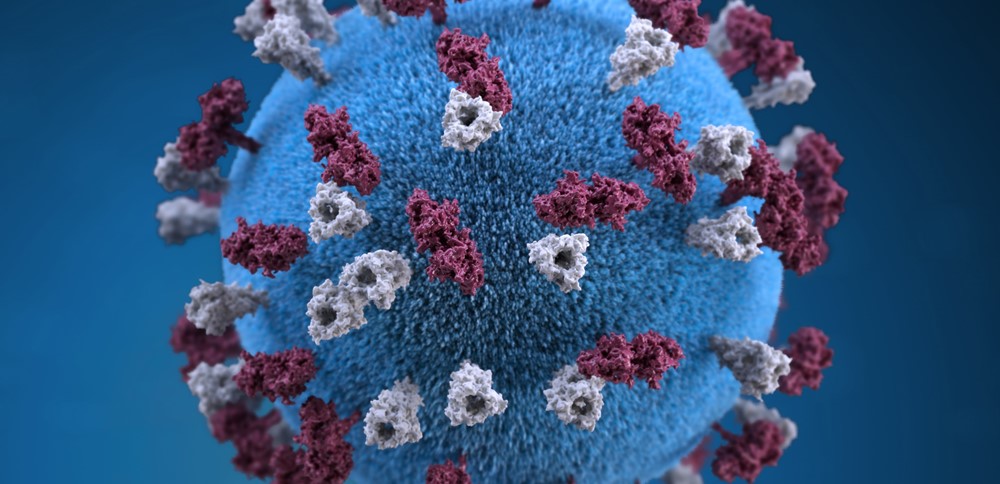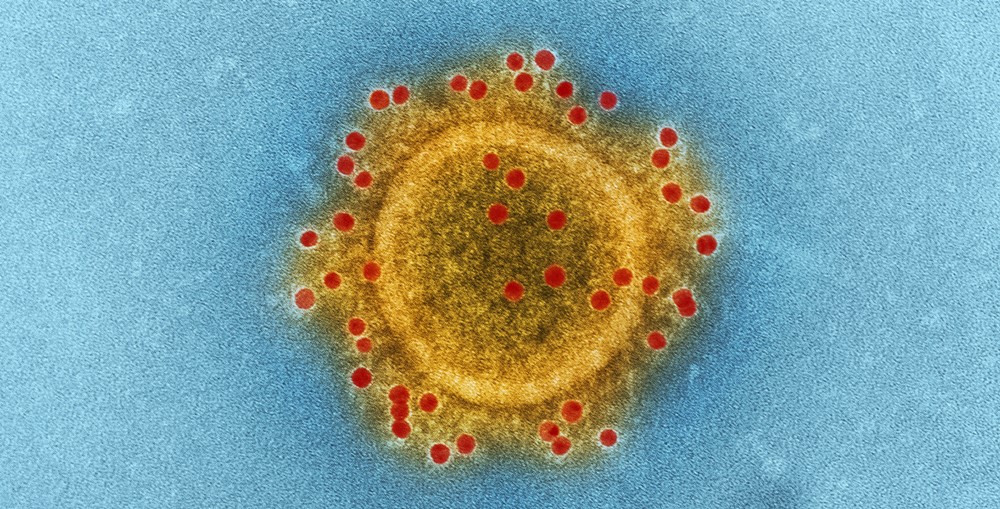What are the differences between viruses and bacteria?
We often hear about bacteria and viruses. There are diseases caused by various types of bacteria and viruses. Have you ever wondered what are the differences between viruses and bacteria? In this article, we will find it out.
Bacteria
Bacteria are the smallest living cells, ranging in size from 0.1 to 10 µm. Bacteria have different shapes and arrangements. Some of the common shapes seen are spheres, rods, curved rods, and spirals. Spherical or oval bacteria are called cocci. Rod-shaped bacteria are called bacilli. Very short rods are classified as coccobacilli. Some rod-shaped bacteria with tapered ends are called fusiform and others are club-shaped which may be curved or bent. Spiral-shaped bacteria are called spirilla if the cells are rigid and spirochetes if they are more flexible.
Microscopic structure and appearance of bacteria
The familiar cell as we know consists of a cell membrane (outer covering) and cell organelles (nucleus, mitochondria, Golgi apparatus, and lysosomes) floating in the medium of cytoplasm. This cell structure is described as eukaryotic. The bacterium in comparison is very small, equivalent to the size of a mitochondrion. Its structure is more simplified and is called prokaryotic. A bacterium consists of a multi-layered envelope with its appendages. It contains nuclear material and cytosol which is not separated from the genetic material. The arrangement of bacteria depends on their method of multiplication as the divided bacteria stick to each other. They are seen as cocci (single forms), diplococci (in pairs), streptococci (chain form), and staphylococci (clusters).
The components of a bacterial cell are:
- Envelope – it consists of three layers. They are (i) capsule (slime layer made of polysaccharide or polypeptide), (ii) wall (consisting of the outer membrane, peptidoglycan layer, and periplasm), and (iii) cell membrane made of proteins and phospholipids. The envelope protects the bacterial cell against chemical and biological threats in its environment.
- Appendages of Envelope – it includes Pili (fimbriae)or flagella. They help in bacterial colonization by gripping the surface.
- Core – it is composed of cytosol (polyribosomes, proteins, glycogen), nucleoid (DNA with associated RNA and proteins), and plasmids (DNA).
Viruses
Viruses are approximately 1000 times smaller than human cells and range from 20 to 300 nanometers in diameter. They are much smaller than bacteria and pass through filters designed to trap bacteria. They become active and start dividing only when they are inside a human cell. Once inside, they use the cellular functions to produce viral proteins which assemble in the cell to produce new virions. So a virus is considered an intracellular parasite. The infected cells usually die resulting in tissue damage though, in chronic infections, the infected cells continue to produce and liberate virions. Since viruses live and divide inside human cells, they are difficult to treat medically.
Structure of virus
A virus consists of genetic material (DNA or RNA), packed in a protein coat called a capsid. The capsid or envelope of viruses protects the nucleic acid from damage during its transfer to infect other cells. The viruses are classified according to the type of nucleic acid they contain, into DNA and RNA viruses. Some of the common viruses are mentioned below.
DNA viruses: Hepatitis B virus, Papillomaviruses, Herpes simplex virus types, varicella-zoster virus, cytomegalovirus, Epstein–Barr virus.
RNA viruses: Hepatitis A virus, poliovirus, Rabies virus, human immunodeficiency viruses, influenza viruses, Mumps, and measles virus.
Difference between bacteria and viruses
- Some of the bacteria are normally present in the body, as is the normal bacterial flora in the gut. They have a useful function. Normally viruses are not seen in the body.
- Bacteria can grow and multiply independently whereas viruses use the host cell machinery to produce their components for assembly.
- Acute infections caused by bacteria result in rising in neutrophils and macrophages mainly. Viral infections are associated with an increase in lymphocytes.
- Antibiotics are used for the treatment of bacterial infections whereas anti-viral drugs are used for viral infections.
- Viruses like EBV (Epstein Barr virus), HPV (Human papillomavirus), and HIV (Human immunodeficiency virus) are associated with the occurrence of cancer (cancer of oral cavity). Hepatitis B virus causes liver malignancy. Human papillomavirus causes cancer of the cervix and penis. The bacteria do not cause cancer.
Viruses and bacteria are pathogenic organisms and they continue to evolve with advances in medicine. Bacteria develop resistance to antibiotics and pose a challenge for the treatment of seemingly simple infections. Viral infections leading to AIDS create a worldwide scare. Proper use of antibiotics and antivirals along with dedicated research is the only way to control these infective agents.






























